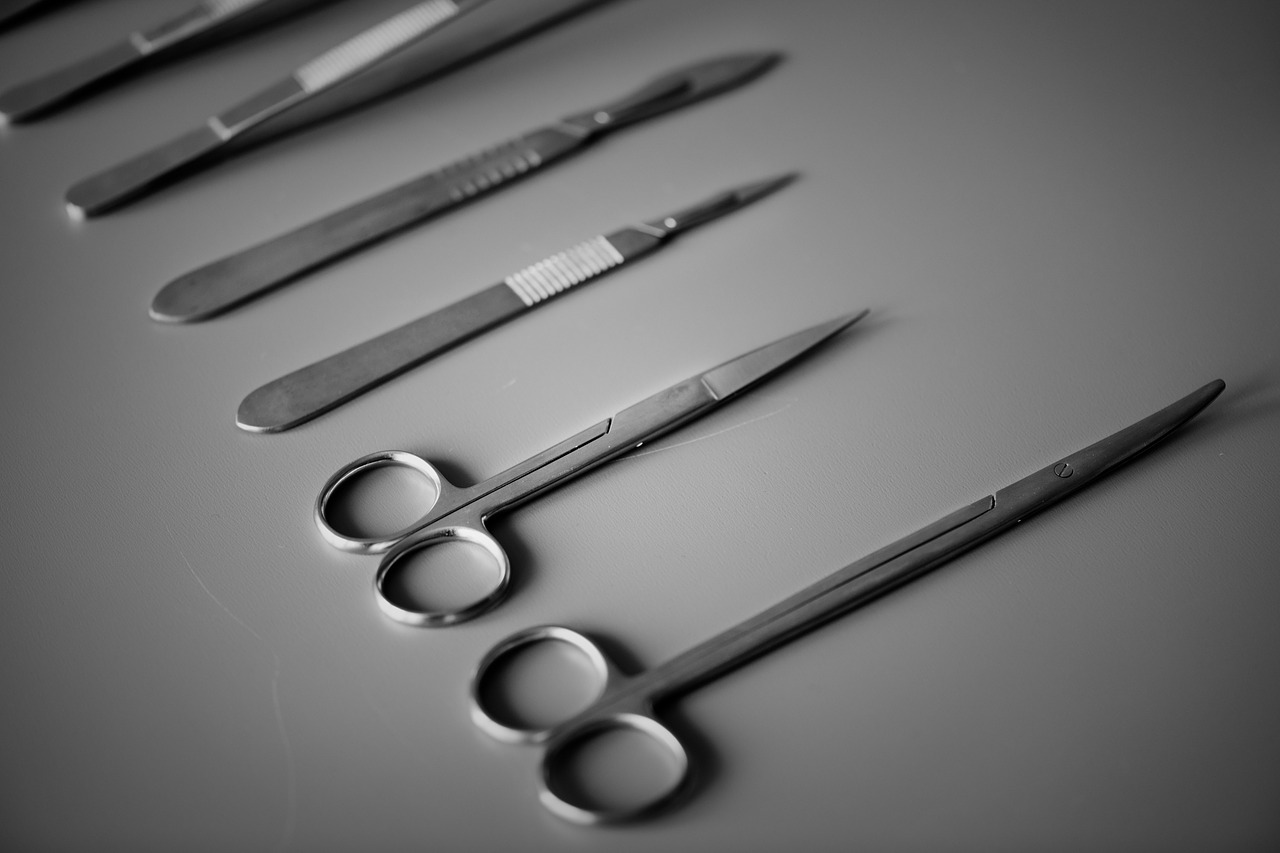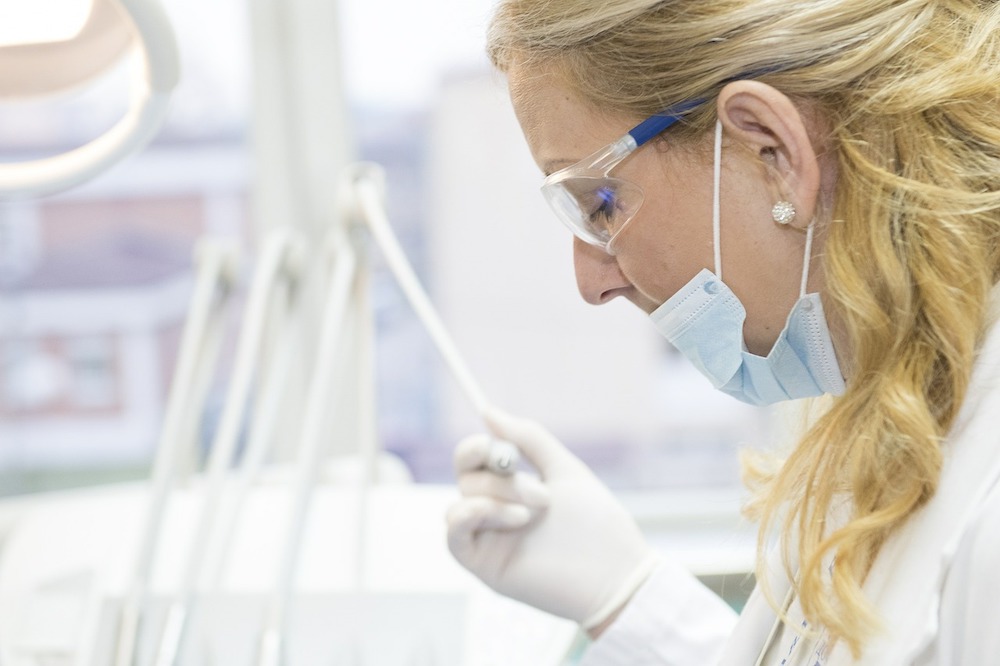What are the worst and most extreme risks of having Skin Cyst Removal surgery?
If you are planning to undergo skin cyst removal, you should contact a reputed doctor with a proven track record. Before surgery, the doctor will likely do a physical examination and prescribe imaging tests like an ultrasound or CT scan to pinpoint the cyst’s size and location. The doctor may also take a sample of the cyst fluid for analysis.
What are the worst and most extreme risks of having Skin Cyst Removal surgery?
Skin Cyst Removal: What to Expect During Surgery
A skin cyst can be extracted with a minor surgical procedure called skin cystectomy. The process is usually carried out in a doctor’s office or an outpatient facility.
The doctor will check the cyst and obtain a medical history before surgery. To ascertain the cause of the cyst, the doctor may also prescribe tests.
The doctor will use a local anaesthetic to numb the area during the treatment. He will subsequently remove the cyst after a little skin incision. Additionally, he could extract a cyst sample for additional analysis.
After the surgery, the doctor will use stitches or a bandage to close the wound. For a few days, the area could be sensitive and swollen. To avoid infection, the doctor could also recommend antibiotics.
Following surgery
The doctor will probably bandage the incision and administer medications to stop the infection after the procedure. At the location of the incision, you can suffer light swelling, bruising, and discomfort.
Instructions should be taken after surgery
It’s crucial to adhere to the doctor’s post-procedure care instructions.
This includes:
- Avoiding intense activities and direct sunlight and keeping the region dry and clean.
- The bandage should be dry for 48 hours before removing the dressing and showering. It will be safer if the application is removed after a few weeks.
- Sometimes you may have to reapply a bandage.
- It would help if you always took care of your medications properly; the narcotic pain medication should be taken as prescribed.
- Sometimes, the doctor may prescribe over-the-counter pain medication, such as ibuprofen, depending on the intensity of the pain.
If you develop any fever above 101.5°F or a spreading redness of more than one-half inch, you should contact the doctor immediately. Within a few days, most people can resume their regular activities. The area may not fully recover for a few weeks, though. For more information, check out wcongplasticsurgery.com.sg.
Other recommendations
Sometimes you may experience throbbing in your hand. By elevating your hand above the heart, it is possible to reduce the amount of throbbing. You should wear a plastic bag over your hands and feet while bathing to keep the dressing dry and prevent infections.
After surgery, your activity level should be minimal. After few days, you can begin with a small range of motion by extending and flexing the fingers. But do not try to bend the fingers more vigorously, as it can interrupt the area of healing. It is usually advised that you should restrict your activity in the first 4 to 8 weeks because there is a chance that the cyst may return due to increased activity level.
If you experience any discomfort, you should consult the doctor without delay. The doctor might suggest additional therapy if the cyst reappears. Further surgery or other treatments might be involved.
Conclusion
Skin cyst removal is a common procedure to remove cysts that have grown on the skin’s surface or under the skin. While this procedure is usually considered safe, it is important to be aware of the potential risks involved. Some of the risks associated with skin cyst removal surgery include infection, bleeding, scarring, and nerve damage. It is important to follow all post-operative instructions and keep the surgical site clean to avoid complications.
Patients should also be aware of signs of infection, such as redness, swelling, or discharge, and seek medical attention if these symptoms develop. Additionally, patients should avoid strenuous activities and follow any additional recommendations given by their healthcare provider to ensure proper healing. While there are risks involved with skin cyst removal surgery, many patients find that the benefits of removing the cyst outweigh the potential risks.
It is important to discuss the risks and benefits of this procedure with a qualified healthcare provider before making a decision.










